The newest registered user is bitaacademy
Our users have posted a total of 44507 messages in 6555 subjects
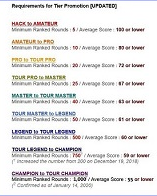
WORLD CLOCK
VARIOUS SCORING METHODS
Valley of the Sun Casual Club :: TODAY'S TECHNOLOGY TIPS FROM THE DOCTOR OF TECHNOLOGY AZDEWARS 143 TOPICS inside :: FORUM OF HOW TO'S 43 topics :: WGT GAME TIPS & TRICKS 34 topics
 VARIOUS SCORING METHODS
VARIOUS SCORING METHODS
Median[edit]
Main article: Buchholz systemThe Median system is also known as the Harkness System, after its inventor Kenneth Harkness. For each player, this system sums the number of points earned by the player's opponents, but discarding the highest and lowest. If there are nine or more rounds, the top two and bottom two scores are discarded. Unplayed games by the opponents count ½ point. Unplayed games by the player count zero points. This is also known as theMedian-Buchholz System (Just & Burg 2003:199–200).
Modified Median[edit]
The Modified Median system is similar to the Median system, except:- Players with exactly 50% score are handled as in the regular Median system
- Players with more than 50% score have only their lowest-scoring opponent's score discarded
- Players with less than 50% score have only their highest-scoring opponent's score discarded (Just & Burg 2003:199–200).
Solkoff[edit]
This system is the same as the Median system, except that no scores are discarded (Just & Burg 2003:200). Ephraim Solkoff did not invent this system. He introduced it to the United States in 1950, but it was used in England prior to that (Harkness 1967:138).Cumulative[edit]
To calculate this, sum the running score for each round. For example, if a player has (in order) a win, loss, win, draw, and a loss; his round-by-round score will be 1, 1, 2, 2½, 2½. The sum of these numbers is 9. This system places more weight on games won in the early rounds and the least weight on games won in the final rounds. The rationale for this system is that a player who scored well early in the tournament has most likely faced tougher opponents in later rounds and should therefore be favored over a player who scored poorly in the start before subsequently scoring points against weaker opponents (Just & Burg 2003:200–201).Cumulative opponent's score[edit]
This sums the cumulative scores of the player's opponents (Just & Burg 2003:202).Result between tied players[edit]
If the tied players played each other, if one of them won then he finishes higher on tie-break (Just & Burg 2003:201).Most games with the black pieces[edit]
The player that had the black pieces the most times finishes highest on tie-breaks (Just & Burg 2003:201).Most wins (Baumbach)[edit]
The player with the most wins finishes highest on tie-breaks. This is used as the first tie-break rule for individual tournaments in ICCF.Kashdan[edit]
Invented by Isaac Kashdan, this system awards four points for a win, two points for a draw, one point for a loss, and none for an unplayed game. As a result, if players with no unplayed games tie, the one with fewer draws finishes higher on the tie-break (i.e. a win and a loss is better than two draws) (Just & Burg 2003:201).Sonneborn-Berger score[edit]
Main article: Sonneborn-Berger scoreAdd the scores of every opponent the player beats and half of the score of every opponent the player draws (Just & Burg 2003:201). The system was named after William Sonneborn and Johann Berger, but it was invented by Oscar Gelbfuhs (Harkness 1967:137). The system is the main tie-breaking system in round robin tournaments, but is also used in Swiss tournaments. It is also called the Neustadtl score.
What we call the Sonneborn-Berger system was not invented by Sonneborn or Berger, and it was not originally designed for tie-breaking. It was invented by Oscar Gelbfuhs about 1873 to be used as a weighted score in round-robin tournaments. It would be used instead of the raw score for final places. In 1886 Sonneborn criticized the system and suggested an improvement that would give a better weighted score. His suggestion was to add the square of the player's points to the amount calculated as above. In 1887 and 1888 Berger studied Gelbfuhs' system and the suggestion of Sonneborn. This improvement became known as the Sonneborn-Berger system.[citation needed]
When the system is used to break ties between equally scoring players, adding in the square of the player's raw score does no good, so the Sonneborn improvement is omitted. However, the system has retained the Sonneborn-Berger name (Harkness 1967:136–37).
Opponent's performance[edit]
This method uses the average performance rating of the player's opponents. The "performance rating" of a player is basically the rating he would receive if he had started the tournament without a rating (Just & Burg 2003:202).Average rating of opposition[edit]
The average rating of the player's opponents (Just & Burg 2003:202).Time of loss[edit]
Among tied players, the player whose first loss came last gets priority. If player A’s first loss was in round 4 and player B’s first loss was in round 2, player A gets priority. This was a tiebreaker used by POP in 2004-2005.Tardiness[edit]
If a player arrives after the first round is paired, the player loses priority. This tiebreaker is currently used by POP.Speed play-off games[edit]
The tie is broken by one or more games played with fast time control, or Fast chess.Single fast game[edit]
FIDE rules provide for a single fast decisive game. Black gets five minutes on the clock whereas White gets six minutes but must win (i.e. a draw counts as a win for Black). The player who wins the draw of lots may choose which color he wants.Coin flip[edit]
As a last resort, ties are broken by a random process such as a coin flip (Just & Burg 2003:203).Paul
Please enjoy
_________________
May the SUN always be with you
home of
https://www.valleyofthesuncc.com/ an information and entertainment only website
 GOLF SCORING TERMS
GOLF SCORING TERMS
Albatross: Three shots less than par
Eagle: Two shots less
Birdie: One shot less
Bogey: One shot more
Double bogey: Two shots more
Triple bogey: Three shots more Contd....
STABLEFORD
In this type of competition points are awarded depending on the score for each hole.
It was designed to speed up play - as soon as a player can no longer score a point he can pick up his ball.
A player scores one point for a bogey, two for par, three for a birdie, four for an eagle and five for an albatross.
You win a competition by scoring the most points overall.
Normal stableford system
Albatross: Five points
Eagle: Four points
Birdie: Three points
Par: Two points
Bogey: One point
On an amateur level, if a player takes six shots on a par-four hole but is entitled to a shot because of his handicap, his net score is five.
What is a handicap?
That would be a bogey which entitles him to one point.
The points can be modified - for instance so the rewards for scores below par are higher.
MATCHPLAY
in this system of scoring, each hole is played as a mini match.
The player with the lowest net score for the hole is said to win the hole, the par of each hole doesn't matter.
Matchplay terms
Up: A player is ahead in the match
Down: A player is behind in the match
All square: Players have the same score
Halved: Players half the hole when they take the same number of shots
Dormie: E.g. A player is two holes up with two to play
3&2: E.g. A player is three holes up with two holes to play
Paul
Please enjoy
_________________
May the SUN always be with you
home of
https://www.valleyofthesuncc.com/ an information and entertainment only website
 Similar topics
Similar topics» SPORTS ILLUSTRATED * Caitlin Clark Breaks Kelsey Plum’s NCAA Division I Career Scoring Record *
Valley of the Sun Casual Club :: TODAY'S TECHNOLOGY TIPS FROM THE DOCTOR OF TECHNOLOGY AZDEWARS 143 TOPICS inside :: FORUM OF HOW TO'S 43 topics :: WGT GAME TIPS & TRICKS 34 topics

 Events
Events







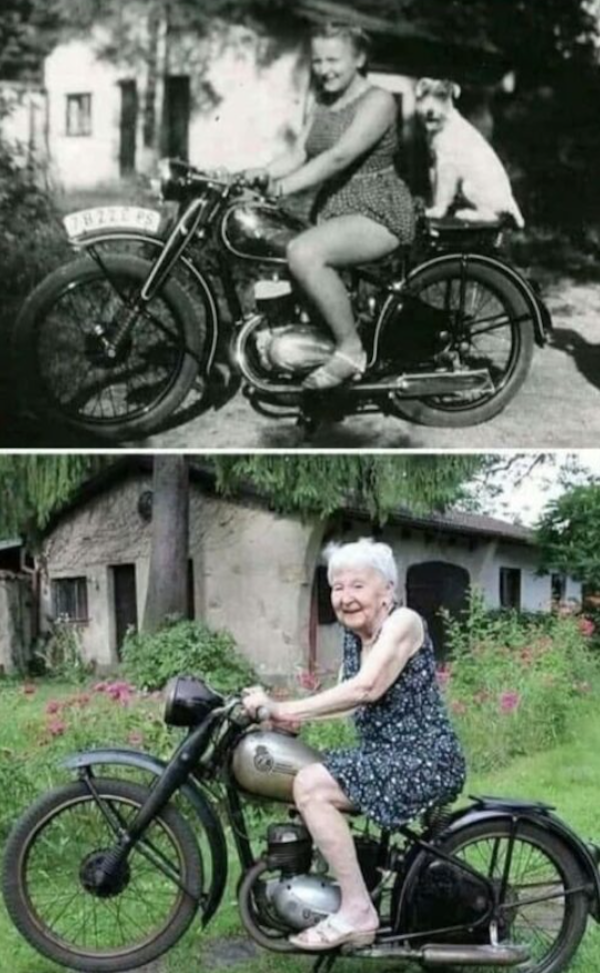


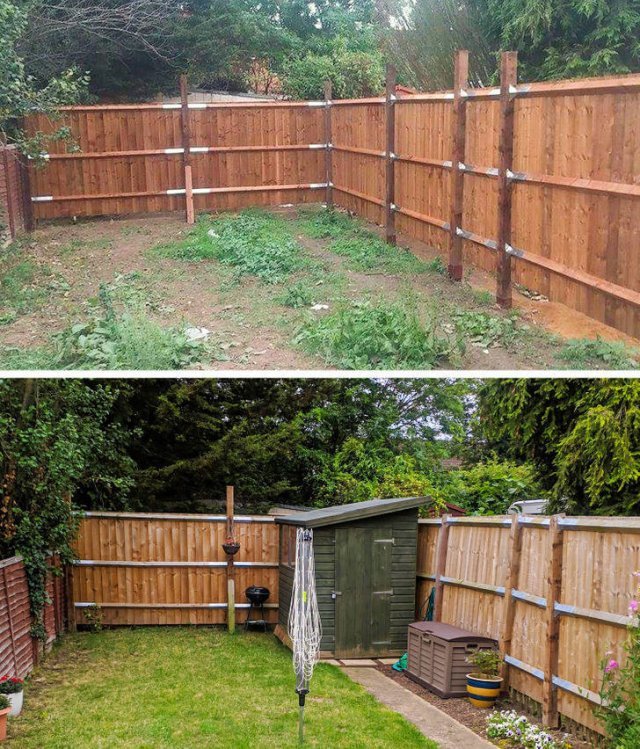








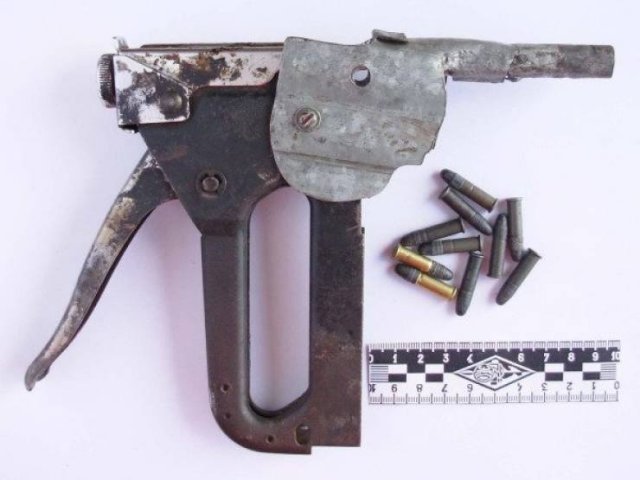

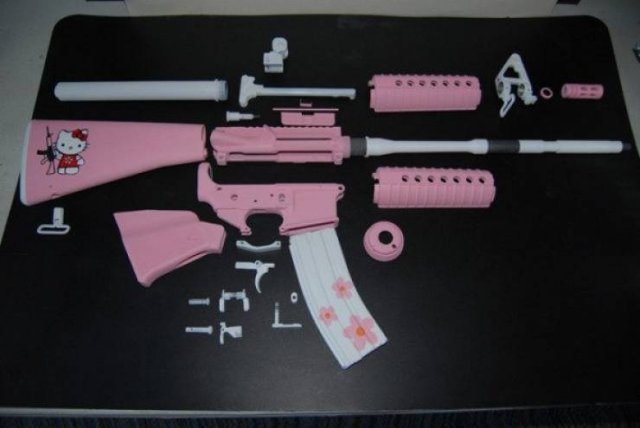
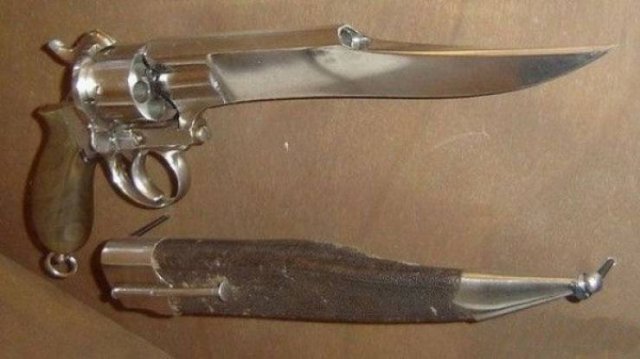
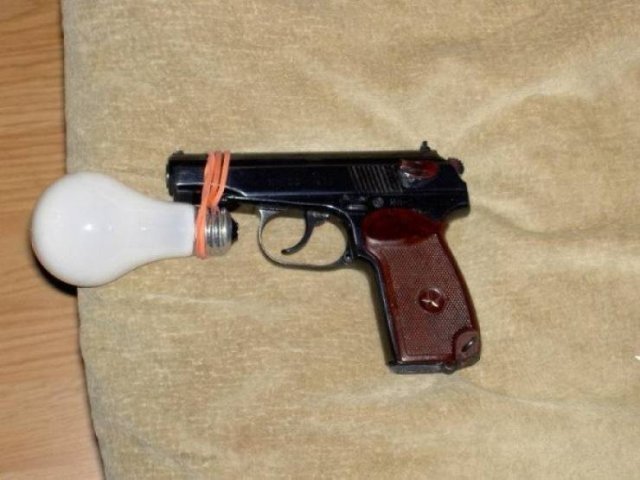
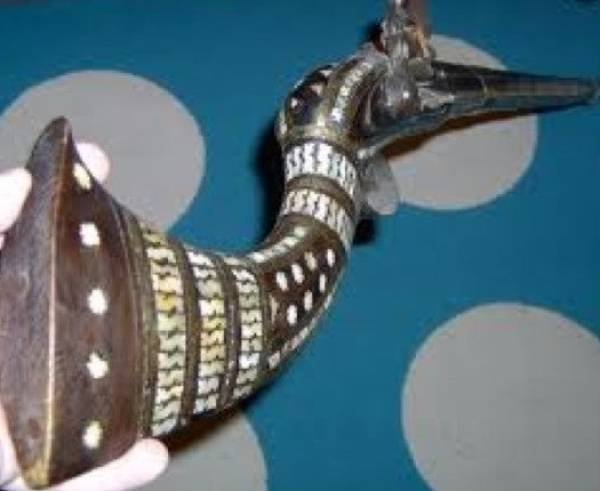
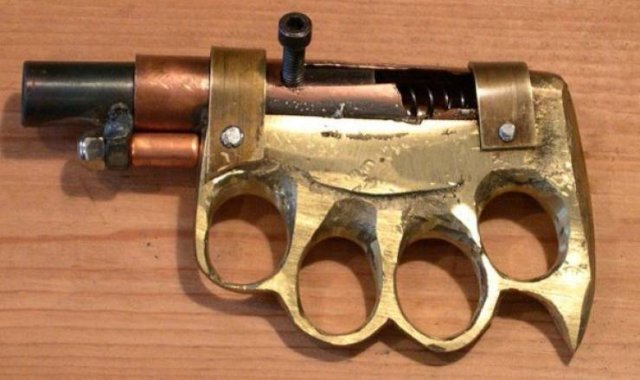
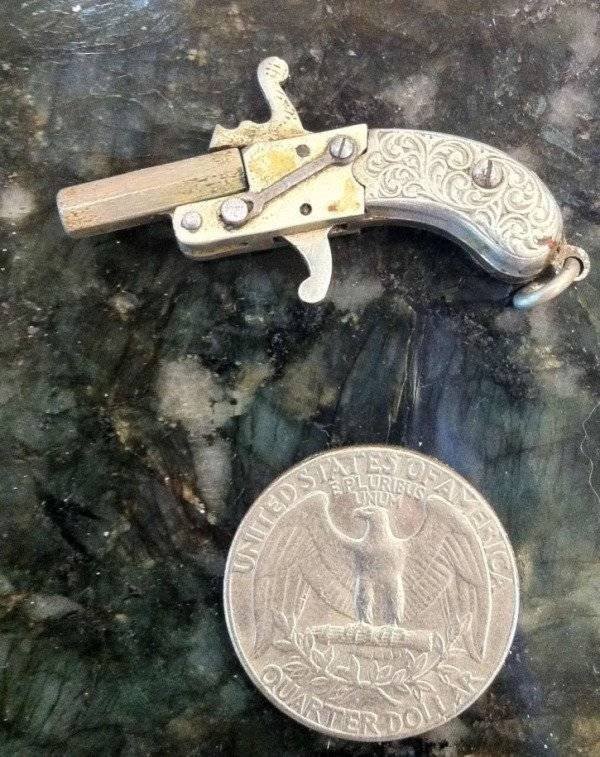











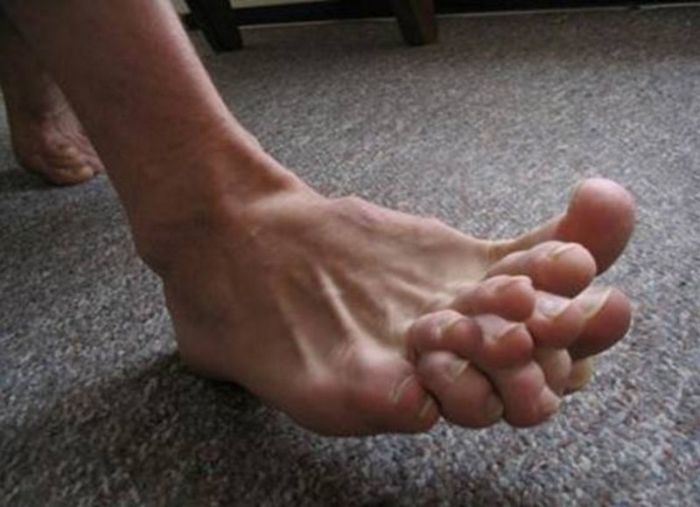


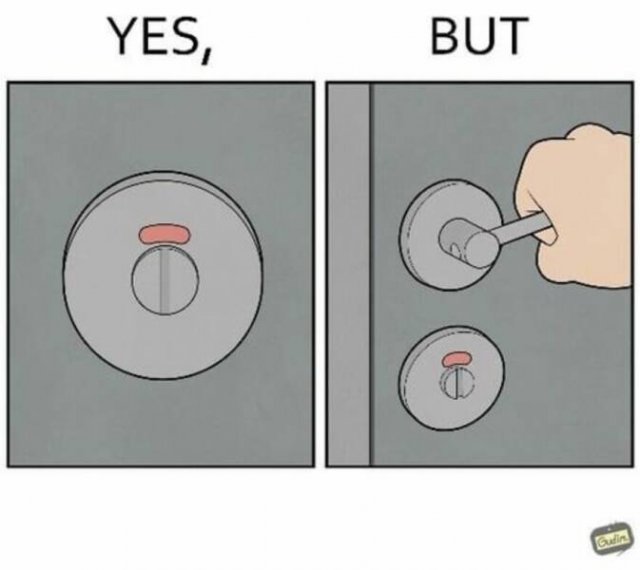

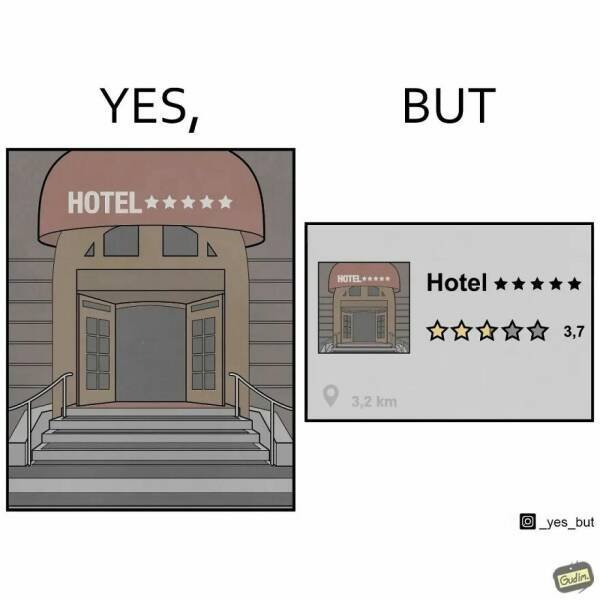
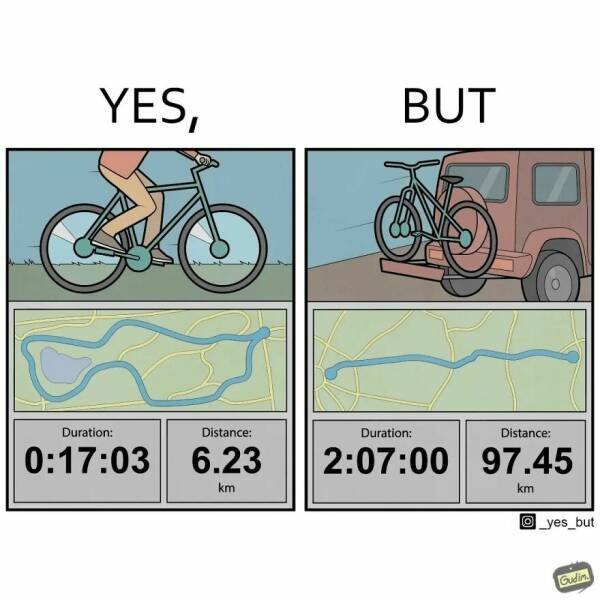
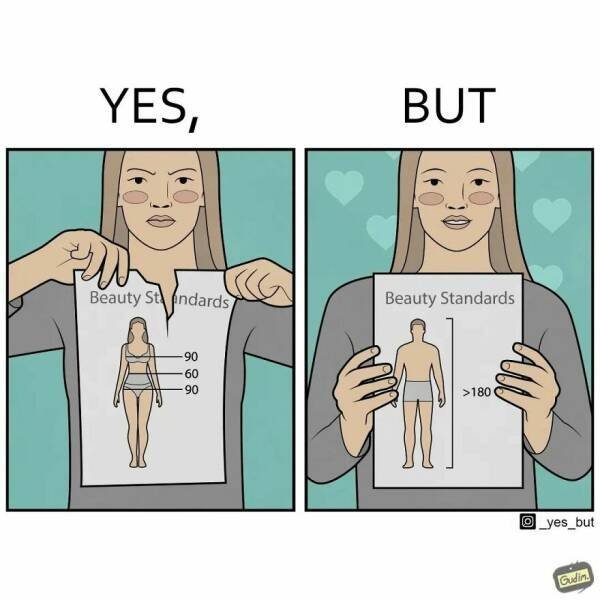
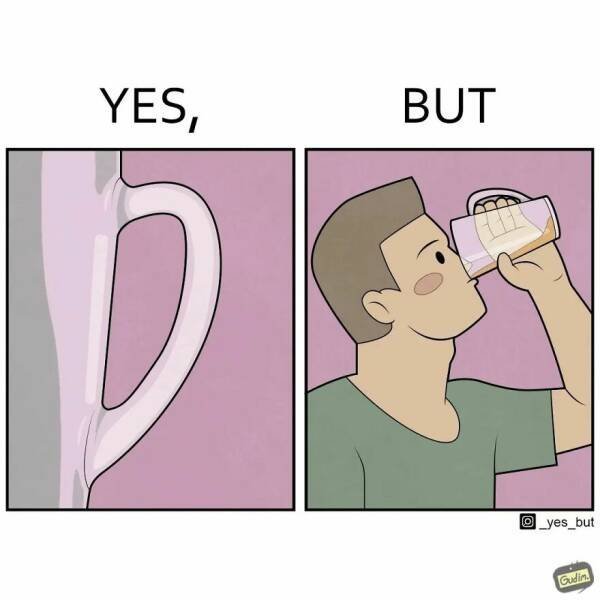
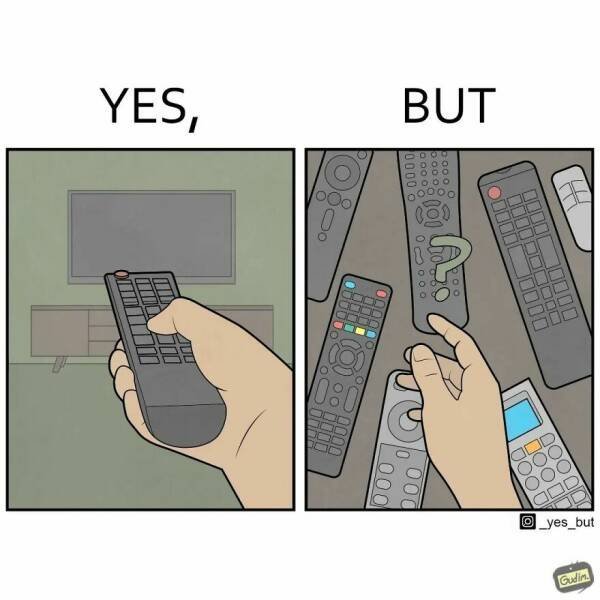











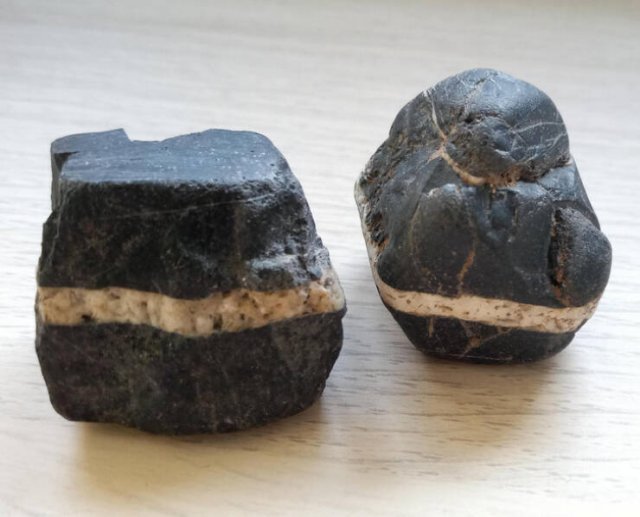
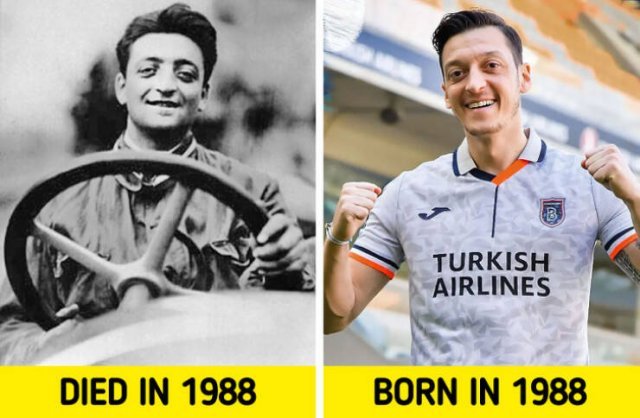


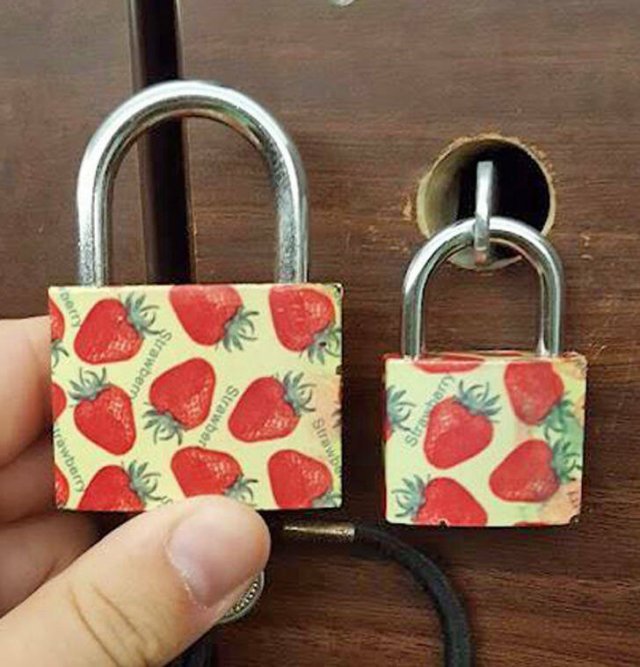




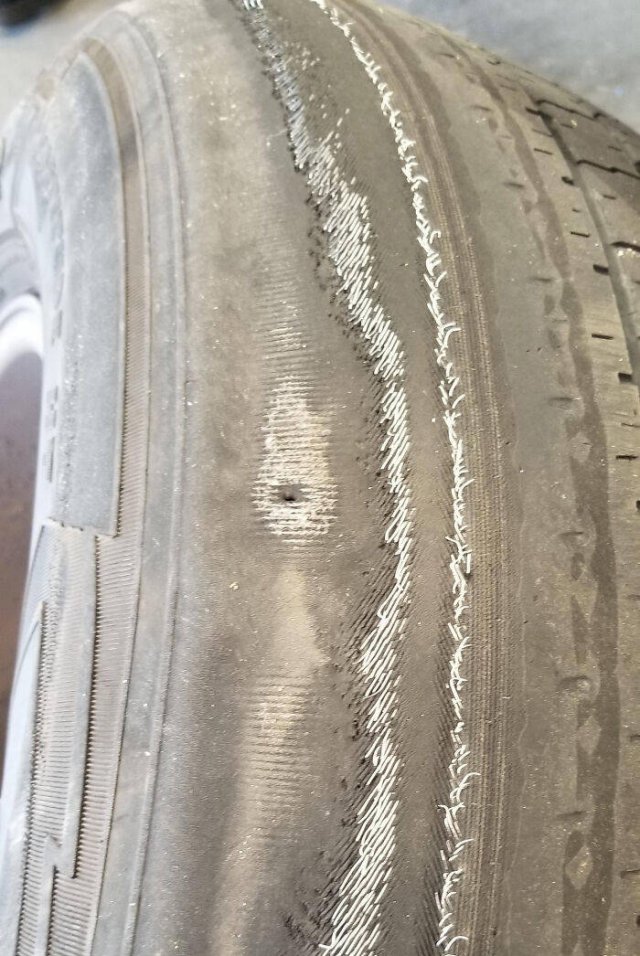









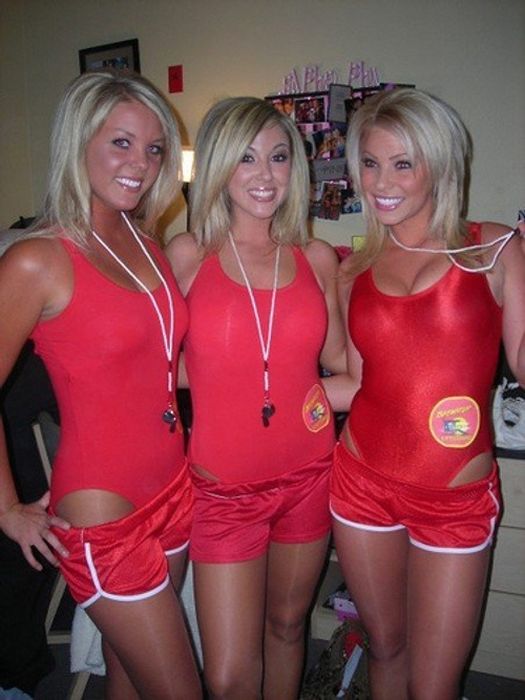
» SUPER TRUCKS...
» APRIL NATIONAL CELEBRATION DAYS APRIL 25 2024
» WIZE TRIVIA QUIZ * How many pull ups did Gary Lloyd do in 24 hours to achieve the Guinness? *
» WISETRIVIA ANSWER PAGE
» IN THE LOCAL NEWS...4
» MOOMS's...9
» WORD DAILY Word of the Day: * aphorism *
» APRIL NATIONAL CELEBRATION DAYS APRIL 24 2024
» YOUTUBE SHORTS OFF THE WALL...21
» YOUTUBE SHORTS WWE...21
» YOU TUBE SHORTS DANCE ONLY...2
» HEY JOE * MUSIC COMPILATION OF WILD SHIT *
» YOU TUBE SHORTS MUSICIANS ONLY...10
» BUSHBARBIE...